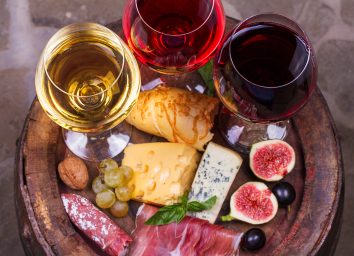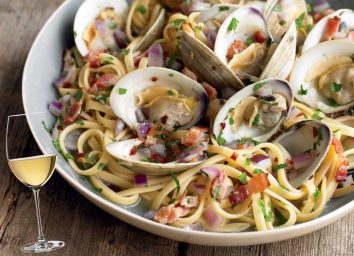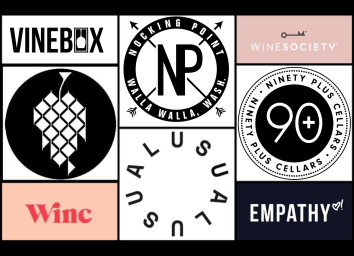10 Sneaky Reasons You’re Always Overpaying For Wine
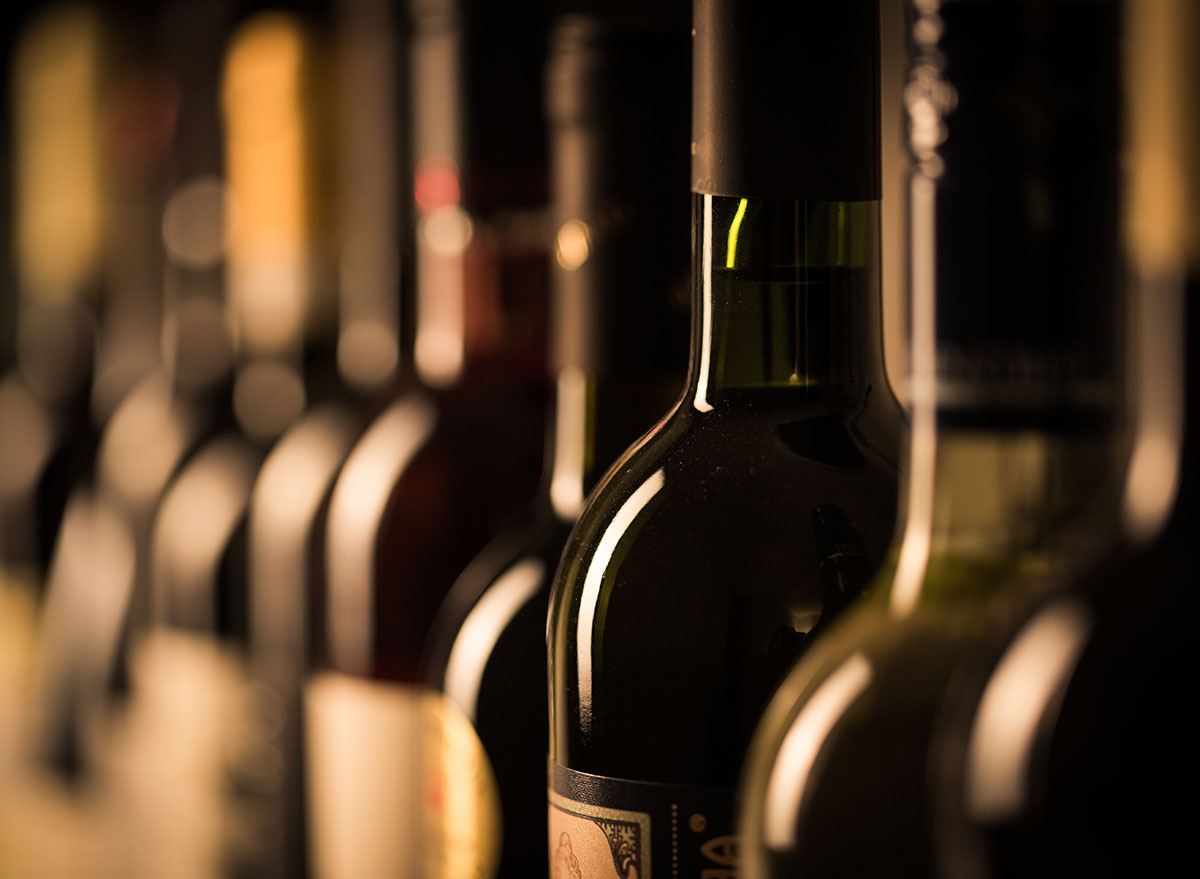
Whether you consider yourself a wine connoisseur or just someone who likes to drink the stuff (even if it’s canned), when it comes to being able to spot a great bottle of wine, studies show most of us simply don’t have that skill.
In fact, according to a 2011 study from Hertfordshire University, people could only differentiate between cheap and expensive wine 53% of the time. If we have the same odds of recognizing good juice as flipping a coin, why are we overpaying for our bottles? Here are 10 sneaky reasons why you may be plunking down too much money for vino—and how to shop smarter going forward. (For more money-saving tips at the grocery store, make sure to sign up for our newsletter.)
You think expensive wines are better.
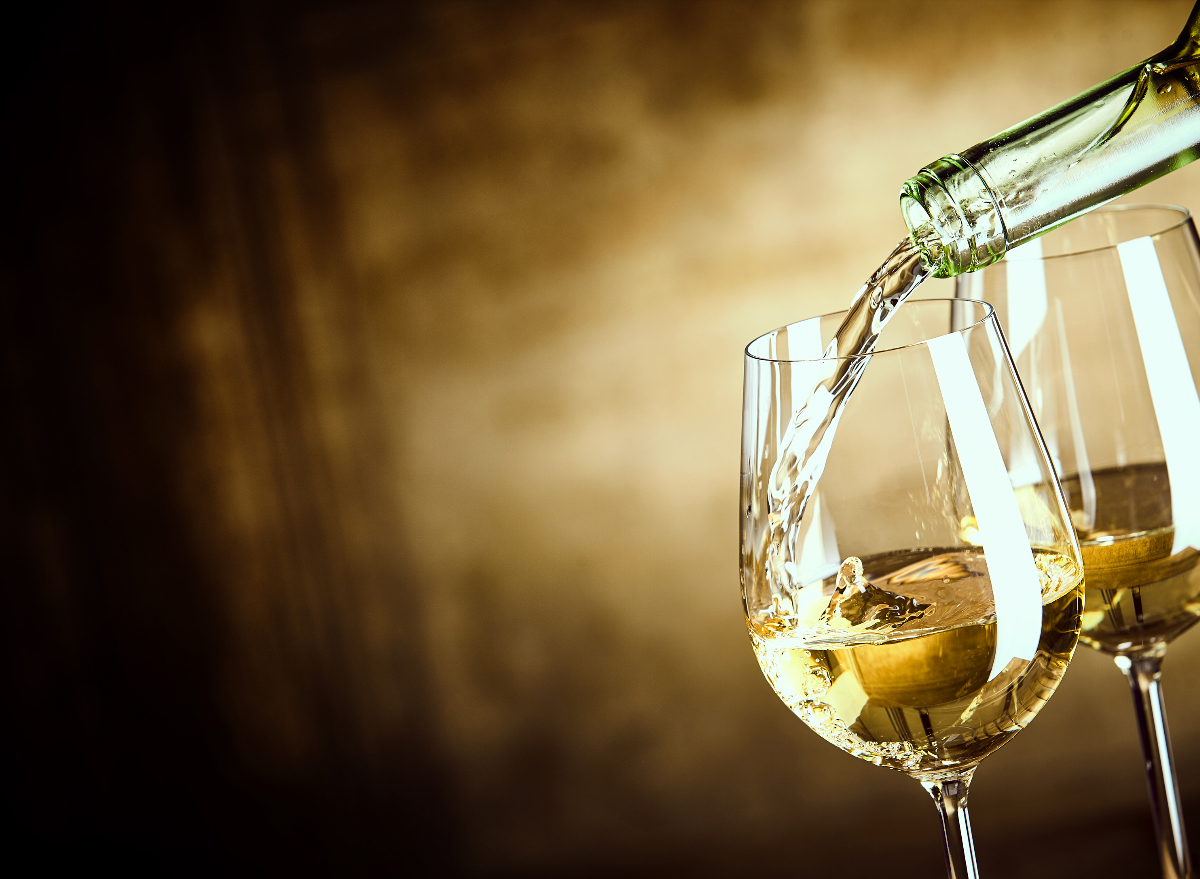
According to a 2008 study published in the journal Proceedings of the National Academy of Sciences, participants had a more enjoyable experience drinking wine they were told was more expensive. The researchers found that “increasing the price of a wine increases subjective reports of flavor pleasantness as well as blood-oxygen-level-dependent activity in medial orbitofrontal cortex, an area that is widely thought to encode for experienced pleasantness during experiential tasks.” In other words, if you see a spendy bottle of wine on the shelf, you’ve likely already decided that it’s good, so that encourages you to go ahead and buy it. (Related: 25 Best Wines You Can Buy at Trader Joe’s.)
You think corks equal higher quality.
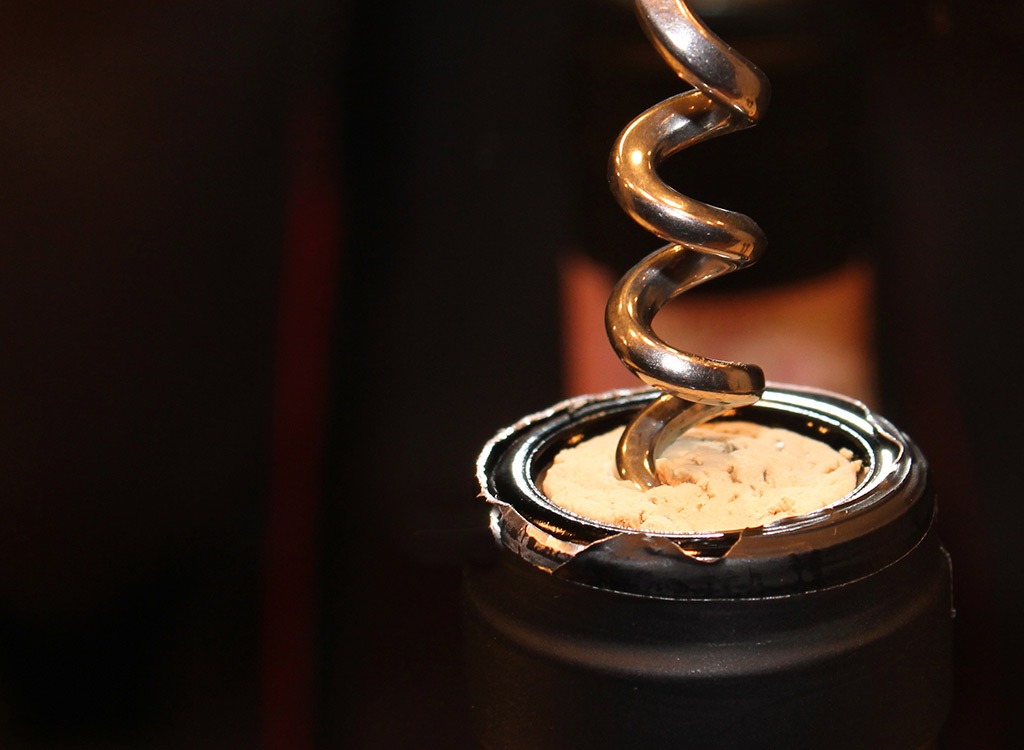
It’s not surprising that wine drinkers assume that bottles sealed with corks are of higher quality than screw caps or other cork alternatives. A 2019 study published in the Journal of Wine Economics found that U.S. consumers are willing to pay, on average, approximately 8% more (about $1.00) for a bottle of wine that has a cork closure. However, wine writer Dave McIntyre told NPR that increasingly, winemakers are ditching corks and “prefer screw caps for white wines and reds meant to be drunk young.”
According to Madeline Puckette of Wine Folly, cork alternatives are popping up more and more simply because of their quality for the price. “I challenge you the next time you buy an affordable wine at the grocery: More often than not, it won’t have a 100% natural cork. Instead, the bottle will be closed with a technical, agglomerated, and colmated cork, which is a low-quality alternative to natural cork,” says Puckette. “100% natural corks are one of the only options that are a truly renewable resource, but because of their high price tag, most are reserved for wines in the $30+ bottle range.” (Related: The Surprising Side Effect of Your Daily Glass of Wine.)
You’re afraid of lesser-known grapes.
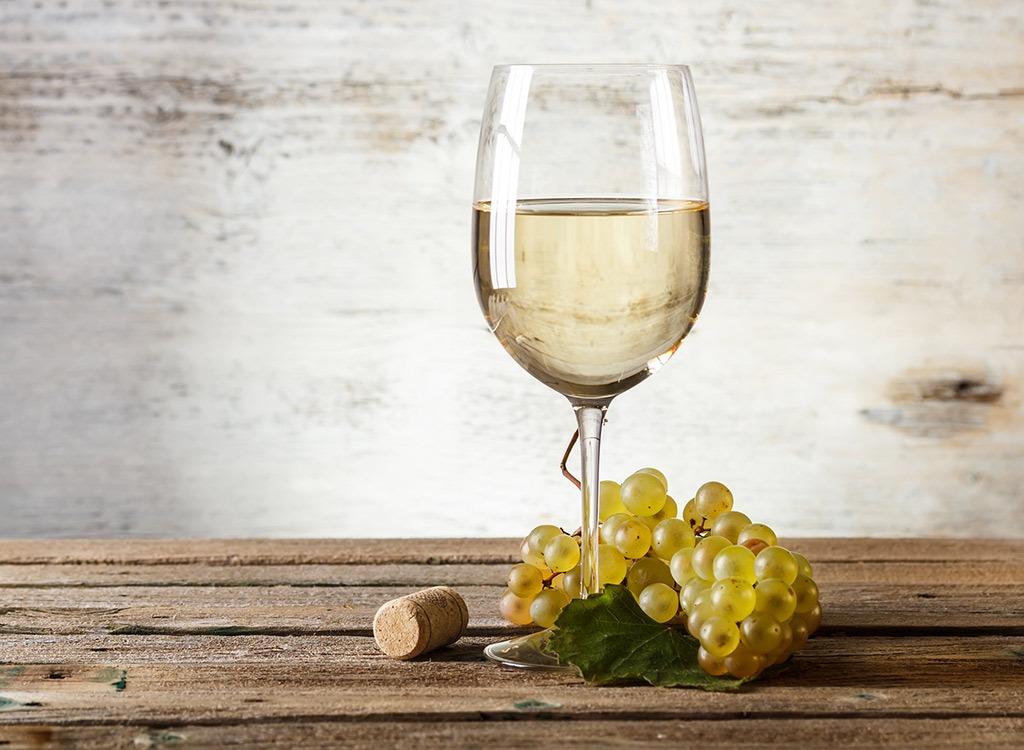
According to Puckette, “If you want to pay less for wine, try lesser-known grape varieties that haven’t quite made their way into the spotlight. Often these varietals offer great value.” A few examples include Carménère, Primitivo, Tannat, Bobal, Nero d’Avola and Petite Sirah.
You always choose bottles from popular wine regions.
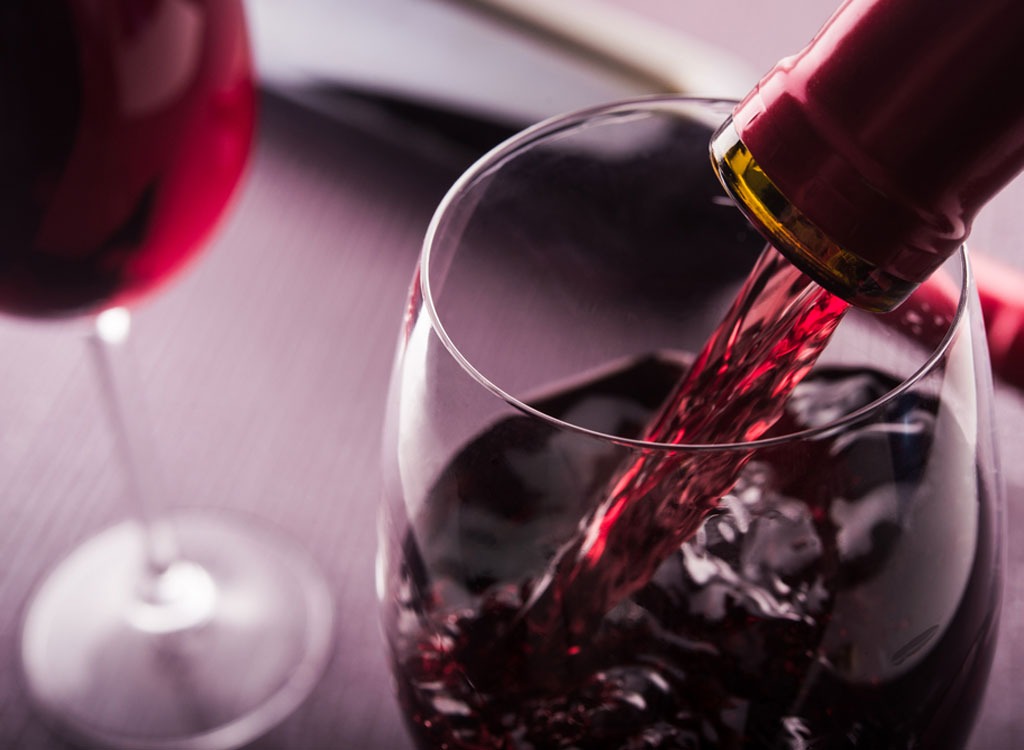
If you’re like most wine consumers, you’re confused by all of the wine regions out there. It’s why you may end up paying a premium for a recognizable region or appellation, such as Napa and France. If you’re trying to save money, it’s best to purchase wines from lesser-known countries like Argentina and Chile, and steer clear from known wine regions. “That isn’t to say that those wines can’t be delicious, or even that you can’t find value wines from those places,” explains wine educator and certified sommelier, Zach Geballe. “But, you’re at risk more than you would be for a comparable (or better) wine from a lesser-known region.”
You fall for single vineyards.

“Here’s a dirty secret in the wine industry: Slap the name of an individual vineyard on a label and you can often charge 25% more for the wine than you otherwise would,” says Geballe. “Sometimes it doesn’t even matter if anyone has ever heard of the vineyard, but doesn’t Angelique’s Vineyard Pinot Noir just sound fancy?” (Related: 12 Surprising Health Benefits of Red Wine.)
You buy Reserve.
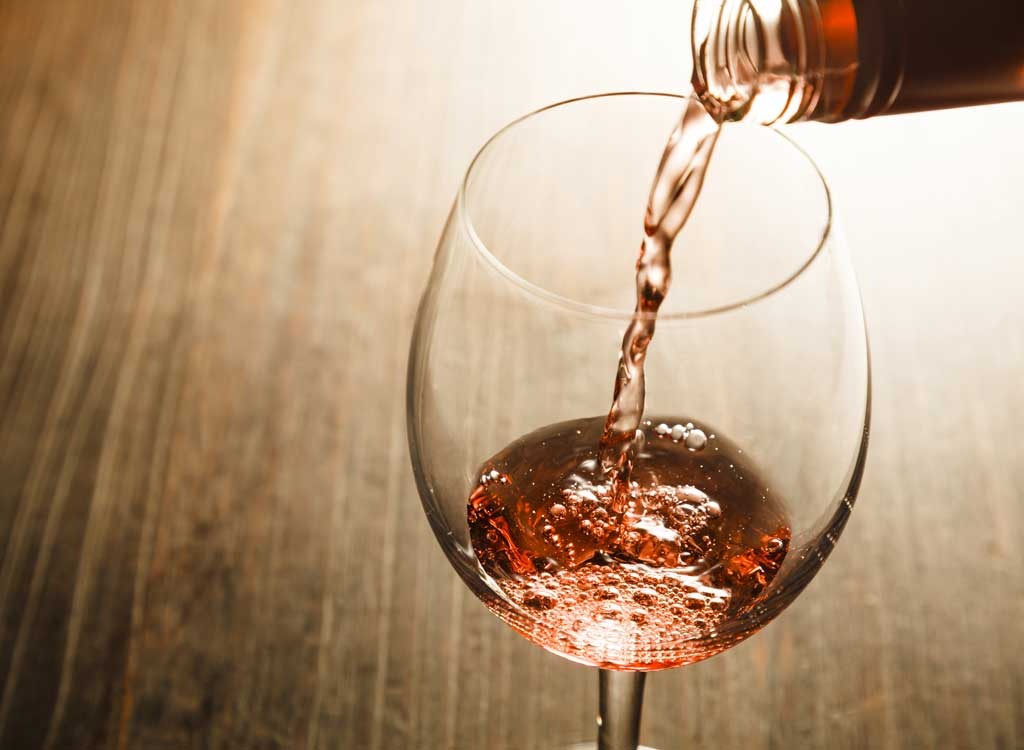
Similar to the single-vineyard issue, the term “Reserve” rarely has any legal meaning in the United States, South America, Australia, or New Zealand. “That doesn’t mean that wines labeled as ‘Reserve’ can’t be great, or are no different than other wines, but you have zero certainty,” says Geballe. “In certain European countries (Italy and Spain, principally), there are laws surrounding the use of terms like ‘Riserva/Reserva,’ but they are the exception.”
You shop from the stacks.
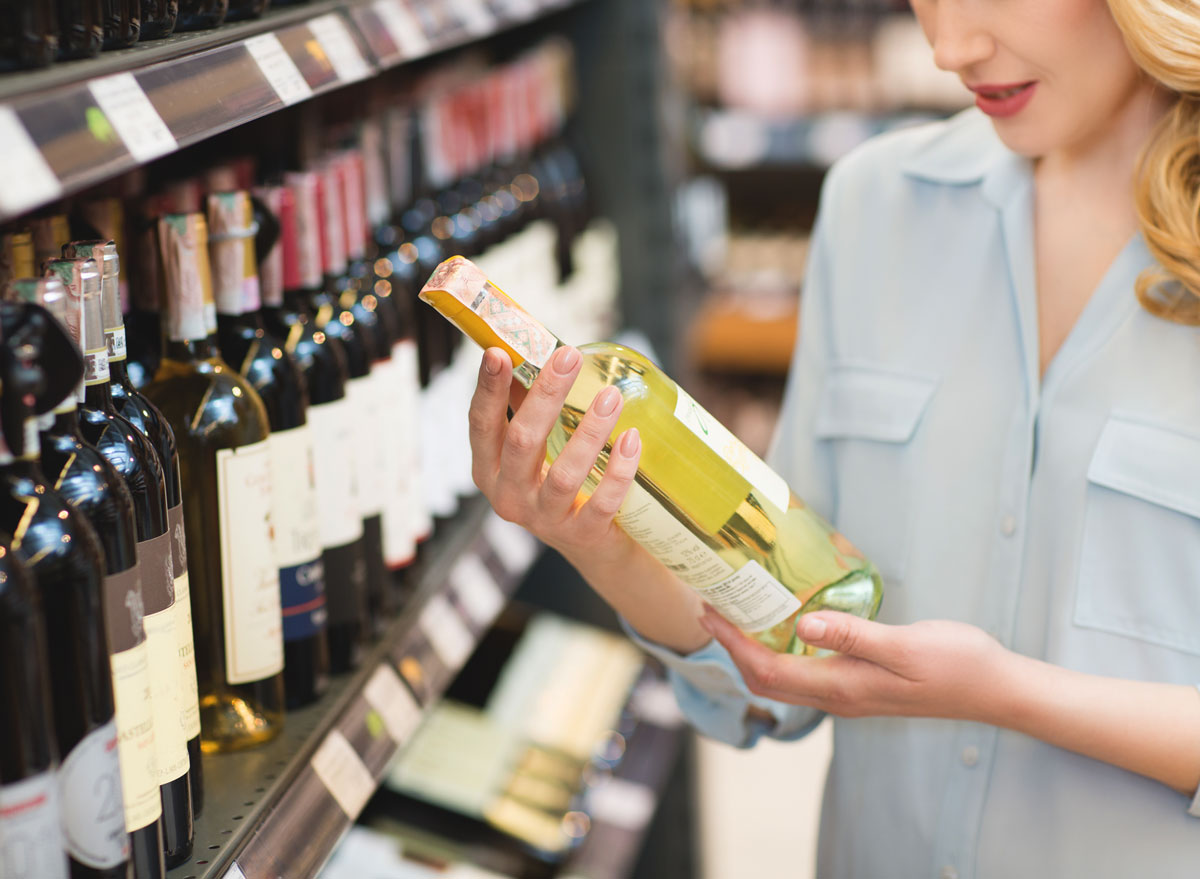
If you see cases of wine stacked on top of each other at your local grocery store or wine shop, step away, because you’re probably paying too much for that wine. “Chances are, the retailer got a real sweet price break to take 5, 10, or 50,000 cases (in the case of a national chain) of that wine off someone’s hands,” says Geballe. “And if you think they’re passing all those savings along to you, well, think again.” (Related: 5 Subtle Signs You’re Drinking Too Much Wine.)
You don’t know where to look on menus.
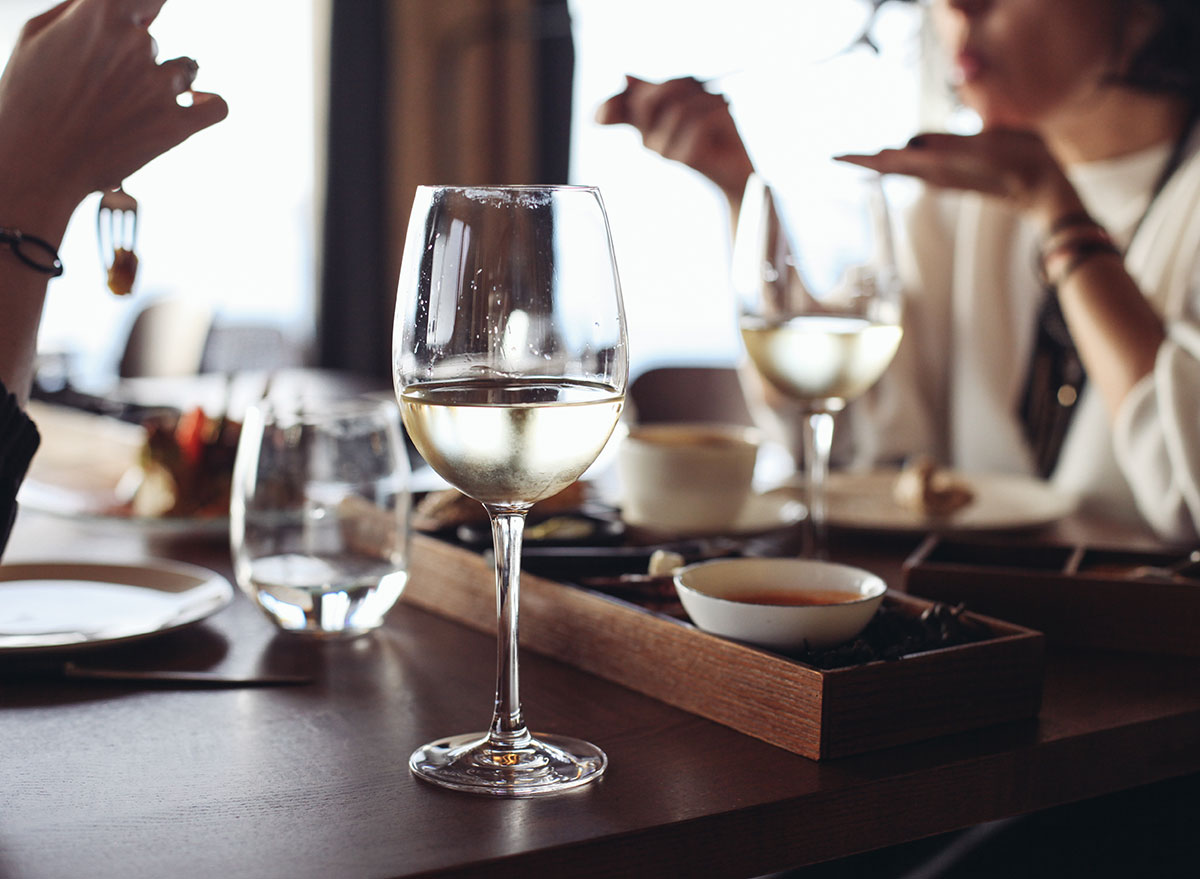
When ordering wine at a restaurant, Geballe says the cheapest 10-20 percent of bottles, and all of the wines by the glass, typically come with a hefty markup—often over four times the wholesale price. “The best bang for your buck is often right on either side of big round numbers: Just above or below $50 on more casual lists, and especially just above $100 on more expensive ones,” he says. “These are often wines that the wine director wants to move, or is passionate about, and is willing to trade for volume in sales for a lower margin.”
You’re intimidated.
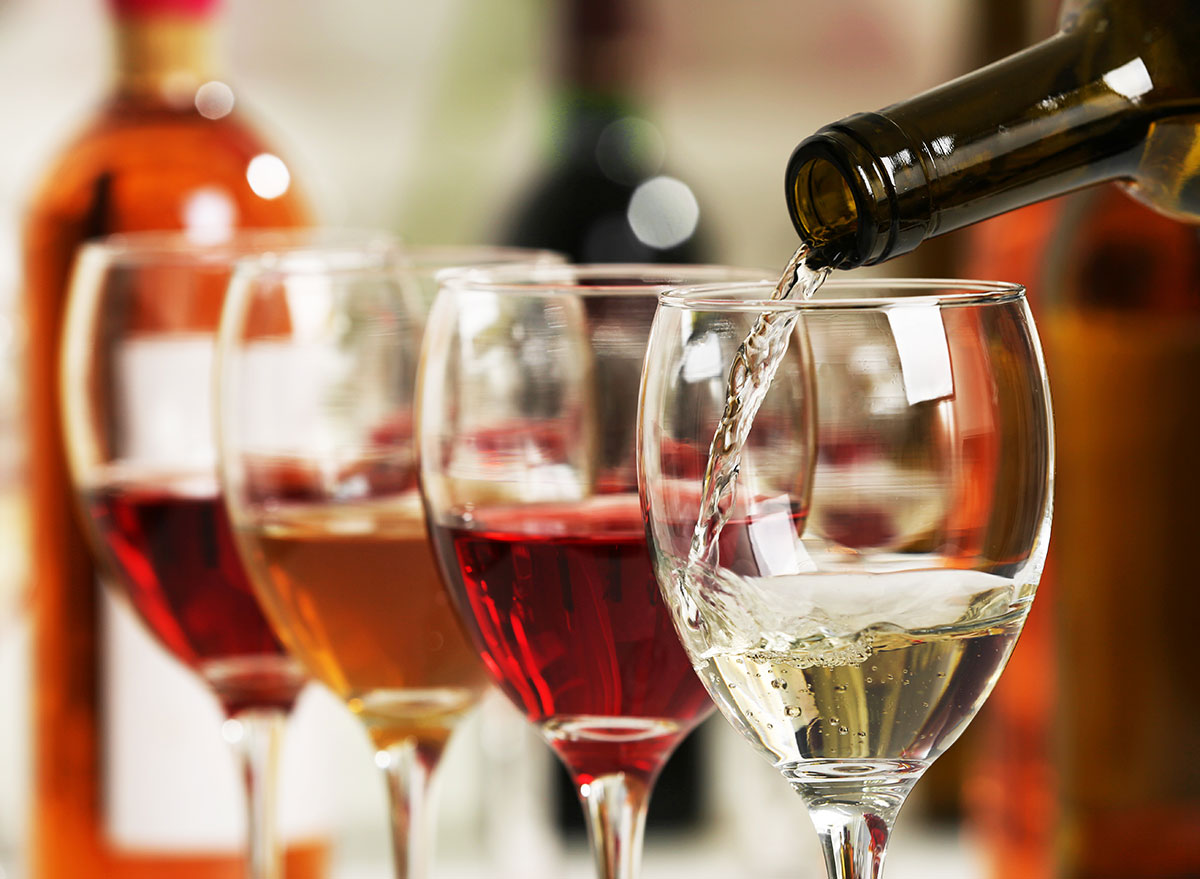
Liz Thach, a professor of management and wine business at Sonoma State University, tells Consumer Reports that around 30% of wine buyers are overwhelmed and confused by the number of wines on store shelves. Matters are made worse by the assumed pretentiousness of wine shops and wine experts, which can make you feel judged when buying a value bottle of wine. But if you want a $15 bottle of wine, go get that $15 bottle of wine and disregard the snobs. They’re not the ones who will be drinking it. (Related: This One Simple Trick Can Make Your Wine Taste Better.)
You’re shopping at the wrong place.
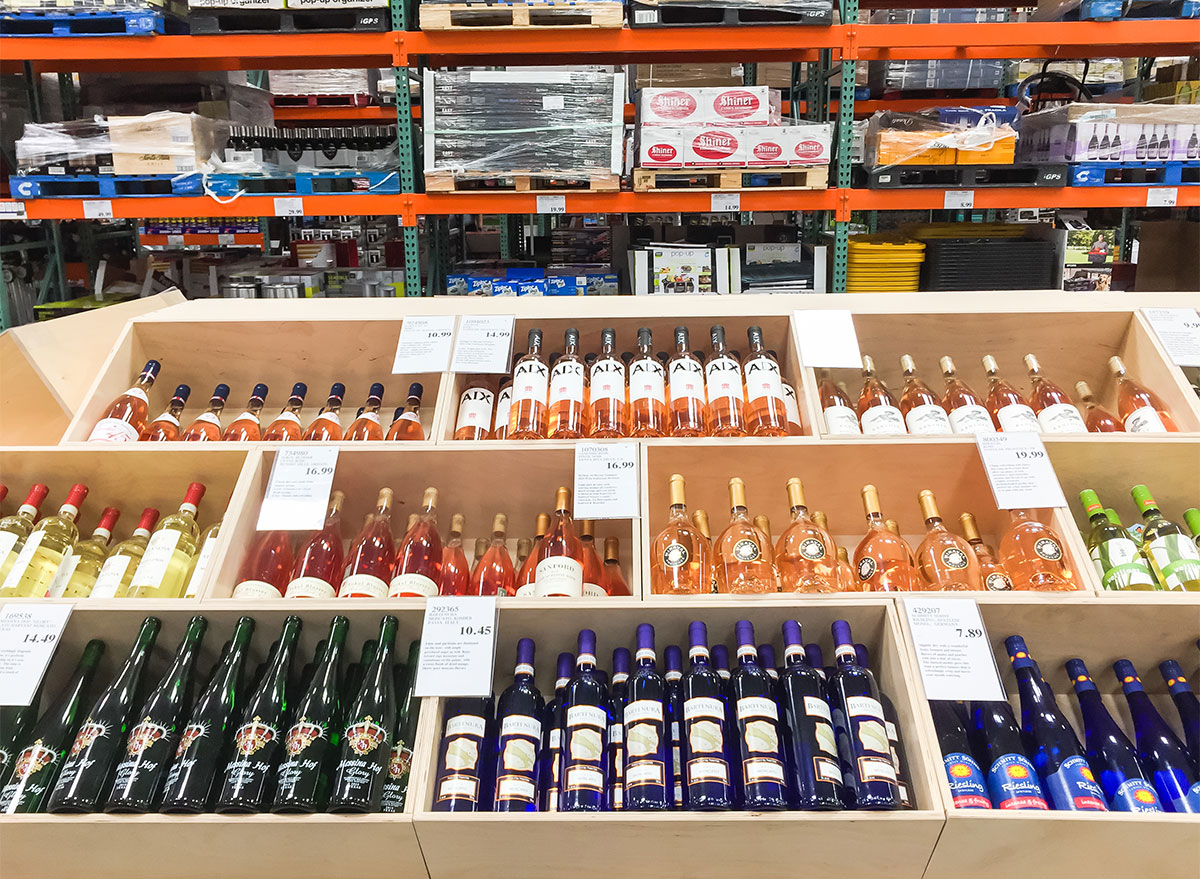
Yes, bargain box stores like Costco are good sources for decent, inexpensive wine. According to VinePair, Costco prices are often discounted, so it’s possible that a $20 wine could be found between $10 to $15. “Kirkland Signature wines seem to be pretty widely distributed, and are almost always a very good buy—and a good representation of region or varietal,” Andrew Cullen, founder of CostcoWineBlog.com, told VinePair. But, he warned, “Like anything else at Costco… it moves fast.” To help you out, here’s a list of the 25 best wines you can buy at Costco.
